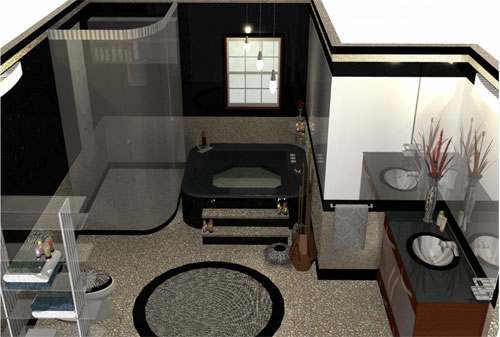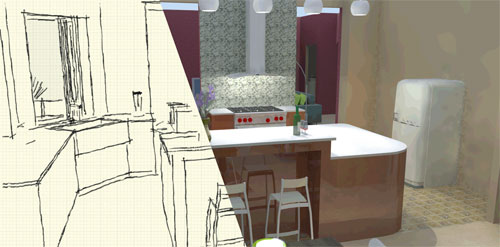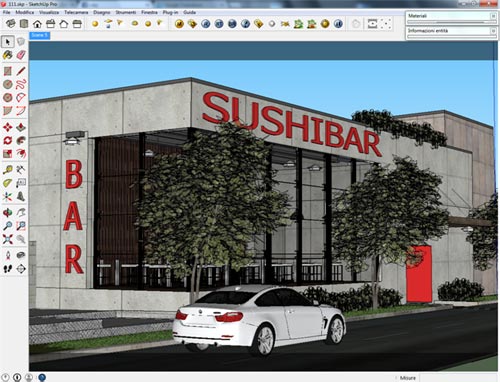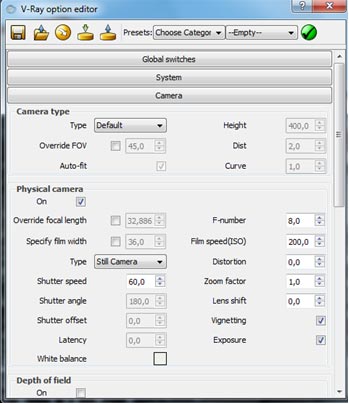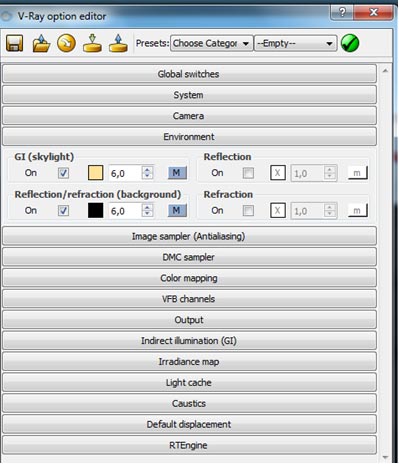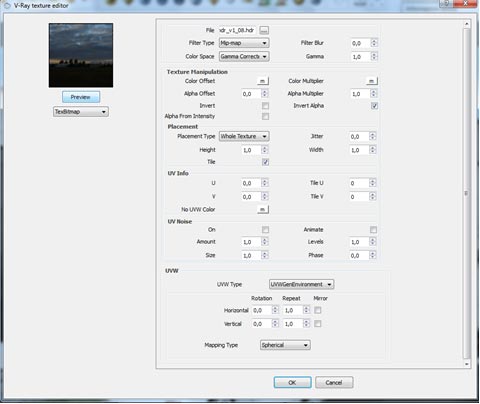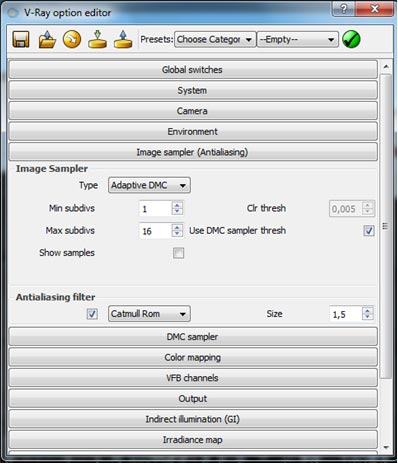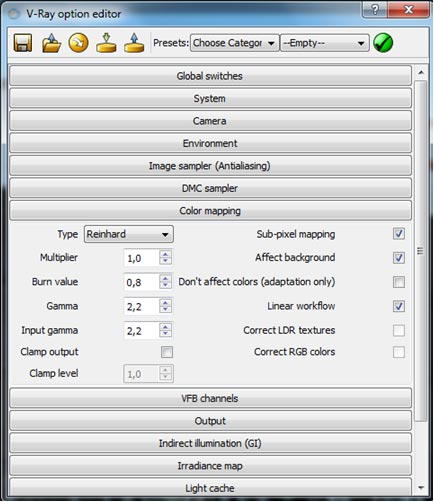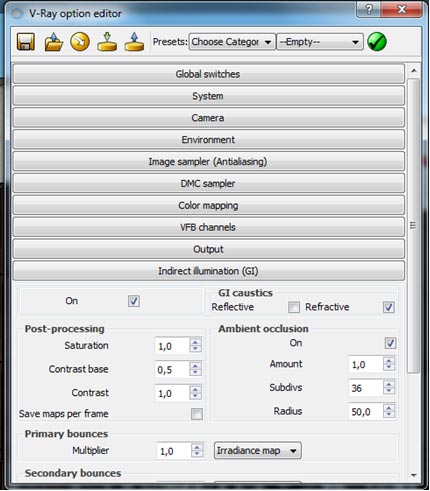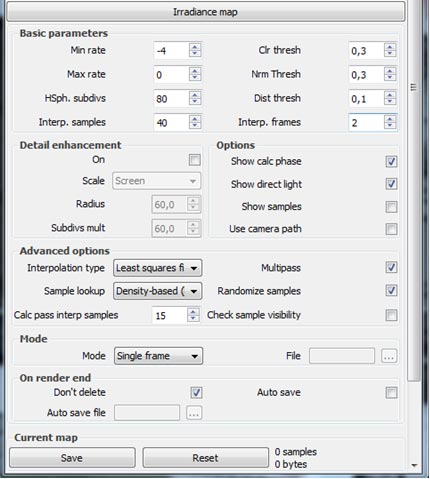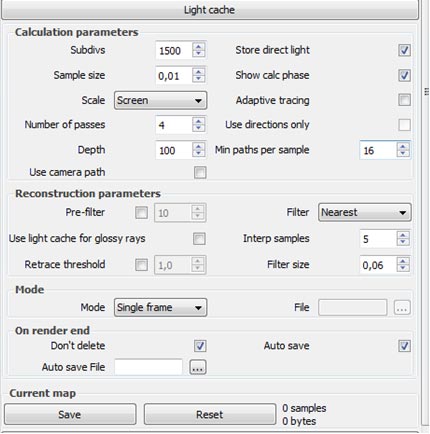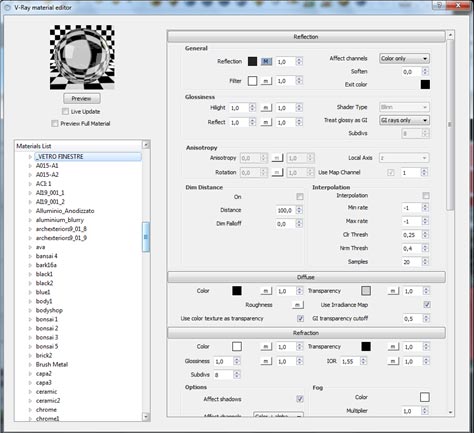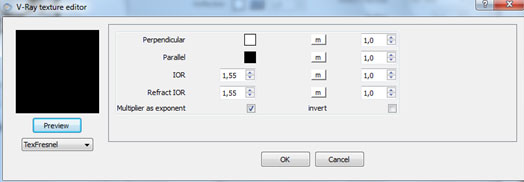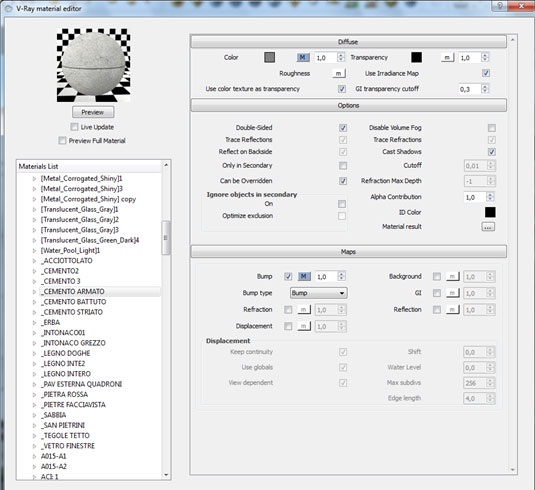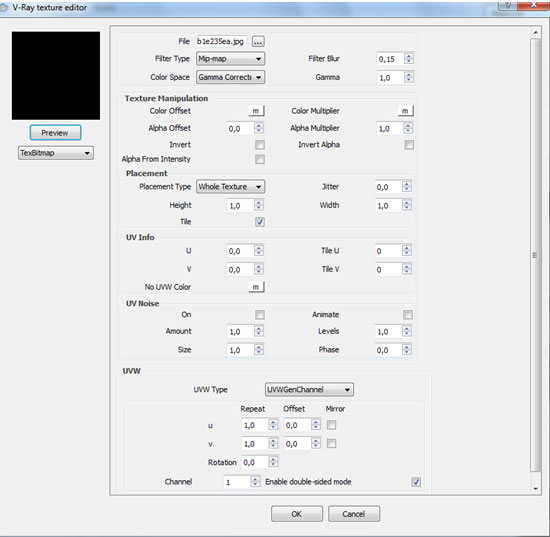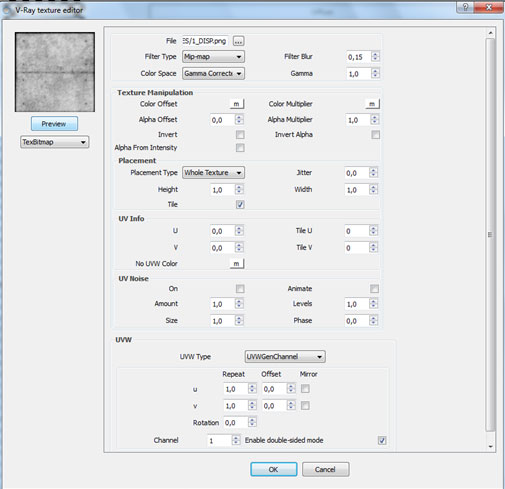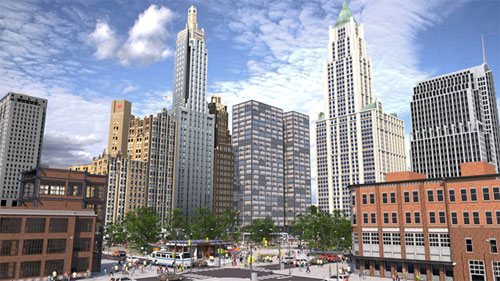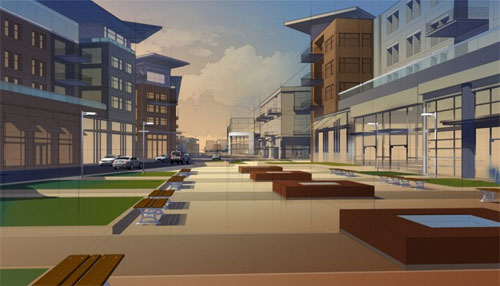The 3D printing is fast becoming a transformative force in manufacturing, the medical field and several other industries. While the excitement we are currently witnessing is partly justified, it is important to remember that 3D printing is still in its infancy and it has still many hurdles to pass before we can talk about a revolutionary force. As promising as 3D printers seem, their usefulness is still questionable. High costs, safety concerns, patents, and design complexity are all contributing to legitimate skepticism. Here are some reasons to avoid the hype around 3D printing. Yes, 3D printing stands to completely transform the way we make, replace, and transport products and will disrupt nearly every major industry. However, the technology is still geared toward passionate, motivated makers and hobbyists—not the average citizen.

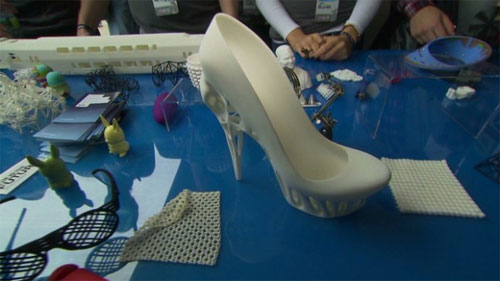
We have compiled a list of some reasons 3D printing has not quite caught on yet and what is holding the technology back.
You cannot buy a desktop 3D printer today and make anything you want.
Awaiting the breakthrough consumer model: Widespread consumer adoption will depend on 3D printers dropping in price. Currently, printers less than $1,000 use a DIY-style kit that requires assembly of the machine itself and they often don't replicate the CAD designs accurately. But, relatively cheap 3D printers do exist. At $299, the Printrbot Simple is an affordable option, though it is very basic and can't print high-quality products. Also well under $1,000 is RepRap's open-source line of printers, which have to be assembled separately. The Cubify Cube is about $1,300 and probably the best desktop option since it connects to wifi, but its plastic filament can't make anything too sturdy. For the most part, anything bigger or better than, these costs well into the thousands (or even tens of thousands) of dollars. The MakerBot Replicator 2 runs at about $2,200, which was also the roundabout figure for a top-of-the-line computer in the 1980s. Until reliable, convenient, sleek 3D printers hit the market, the revolutionary effects of the technology will be stymied.
The 3D model is still far too difficult for most people. It will take you 2000 hours in CAD to learn make very complex shapes. Most people feel inhibited when offered a blank canvas on which they can create anything. Many 3D printed things in the news have the shape of something, but are not functional parts. If I take a piping bag, put in pate and squeezed out the shape of the liver I could probably call CNN for 3D printing a liver. But, this liver will not be functional.
Expense of SLS printers: Major patents on selective laser sintering (SLS) printers expired in January, so perhaps the prices of these machines—which run as high as $250,000 will decrease. When the patents on fused deposition modeling (FDM) printers expired, there was an explosion of open source FDM printers that led the technology to become a hobby. The best example was MakerBot, which launched as the most well-known FDM printer almost immediately after the FDM patent expired. SLS printers offer the ability to print with more materials such as glass, metal, plastic, and ceramic, but with the high-powered lasers comes a higher manufacturing price. It may never be as cheap as an FDM machine, and therefore may take a longer time to catch on in the consumer market, if at all.
Patents and legal murkiness: This year, many patents on 3D printers will expire, possibly creating more competition, innovation, and lower prices. However, there are still quite a few overlapping patents out there, however, which causes a lot of murkiness. During the last decade, the Patent and Trademark Office has received more than 6,800 3D printing patent applications. Since 2007, almost 700 patents have been filed annually. Another intellectual property issue comes with what the machines are printing. Right now, it's easy to log on to Shapeways and download a CAD file of just about anything. But soon, there will be lawsuits and competition between brands over knockoffs and copyright infringement.
The usefulness gap: Sure, plastic action figures, iPhone cases, and Star Wars-themed novelties are fun to design and print with a relatively affordable desktop 3D printer like the Cube, but they aren't exactly impactful on our everyday lives, nor are they convincing consumers the machines are a worthy investment. “There's no compelling application in the present time because anything you can print on a 3D printer, besides from things that are truly customized, you can buy at a store,” said Pete Basiliere, lead Gartner analyst for 3D printing. He said a compelling consumer application—something that can only be created at home on a 3D printer—will hit the scene by 2016.
That 3D-printed gun: Before the majority of Americans could wrap their heads around how 3D printing works, a man named Cody Wilson designed, printed, and successfully fired a 3D printed gun. The STL file was available for free on his website the next day, and 100,000 people downloaded it before the U.S. Department of State ordered him to take it down. Since an all-plastic 3D gun probably won't catch on, other companies are working on using SLS technology to print a metal one. So, in December 2013, Congress voted to renew an expiring ban on plastic firearms that could slip past metal detectors, though it didn't add any new restrictions on plastic guns. Philadelphia was the first city to ban 3D printed firearms. A Chicago lawmaker wants to make it illegal to use a 3D printer to make gun parts unless the user has a federal gun manufacturer's license. Wilson's plastic 3D printed gun showcased these loopholes in the law and caused an uproar across the country about the potential dangers of 3D printing technology. Whether you agree with it or not, the ability to easily print and distribute weaponry will surely cause skepticism about this technology for some time.

In today’s crowded media, landscape simple messaging is the norm. This turns the media from a critical watchdog into a braying hound repeating simple messages repeatedly. Desktop 3D printers are in many cases unreliable when compared to other consumer electronics devices you own. Surface quality, strength, heat deflection & color of 3D printed parts are not adequate for most applications. Post processing means that there still is far too much labor involved. Industrial 3D printers are too slow, expensive, small & not productive enough. Many industrial optimizations such as conveyor belts and automatic processing of files or depowdering of parts have not been applied to 3D printers. Material costs are ridiculously high, inhibiting 3D printing development. Much of the analysis coming out by stock and other people about 3D printing is not based on any real understanding of the technology and is frankly hilarious. The 3D printing is a collection of many different technologies all better or worse at making various things. We are not collectively developing a Star Trek Replicator now. Company A is making a machine to make tea at home, Company B tea in the workplace, Company C is doing coffee etc. Why will everyone have a desktop 3D printer? We don’t all use our own sewing machines to make our own clothes. There is no common parts infrastructure for 3D printer parts. No wide spread motherboard, CPU or case ecosystem. We don’t have a postscript for 3D printing so “your 3D printed files are like a box of chocolates.”
The 3D printers aren't that user-friendly: Setting up a 3D printer will need to be as easy as hooking up a traditional HP printer. The 3D printer needs to have fewer wires than a television and fewer buttons than a computer for it to become a household electronics, and right now, that's not the case. The printers use high-voltage power supplies and specialized equipment and parts. Some of the cheapest printers can't even connect to wifi and most have low resolution. Because of the hype around the potential and the cute plastic toys that they produce, 3D printers have come across as easier and more useful than they actually are. The best products that have been created—think tools, musical instruments, car parts—are made using huge, high-end printers that cost hundreds of thousands of dollars. Those sub-$1,000 machines that sit on a desk just aren't going to be as productive.
Complex design software: Downloadable files from Thingiverse and Shapeways are easy to get, but they are not moderated and therefore may not work on every type of printer. If you want to design your own file, you need a working knowledge of CAD design. Setting up the model and using the printer takes quite a bit of patience and time, which is another reason the technology has primarily been used by enthusiasts up to this point.
The 3D printers are still slow: 3D printers are great for mass customization, but are still too slow for manufacturing lots of objects. To change the manufacturing industry, the parts need to be printed in minutes, not hours. It currently takes anywhere from several hours to several days to print, depending on the size of the model and the quality of the printer. Receiving an order from Shapeways, the company that customizes and 3D prints a variety of products, can take up to two weeks, depending on the materials used.
Safety concerns: The FDM printers, which use a plastic filament, are relatively safe to use—they are often made for desktops and contain both the mold and the residue—but they aren't foolproof, and they reach very high temperatures. Powder-based printers are messy and potentially explosive depending on what is being made from them. They operate at extremely high temperatures and produce waste. It's not something a consumer would want in their home office. Indoor air quality and the emissions from 3D printers, particularly SLS printers, are also cause for concern.
Mainstream 3D printing materials such as SLS and SLA degrade due to UV degradation, making parts ugly and brittle after a year in the sun.
The only 3D printing process that is food safe is ceramics. Many industrial 3D printing materials are proprietary and one has no idea what is in them. 3D printing is developing much slower than you think. Because you’ve been exposed to a lot of technologies in a short time frame it seems as it is going faster than it is. Many of the “3D printing organs” stories have not been based on publicly available research, but rather are funding requests via the media. Repeatability of 3D printing parts is very low when compared to traditional mass manufacturing technologies. Many nice and shiny 3D printed parts you’ve seen on TV require hours of post-processing to get them to look that way. At the very least, 3 3D printing Kickstarter projects have been pure fantasy. There are still no functional 3D printed shoes available, despite of what you may have heard. The “3D printing revolution” is a savvy rebranding of a decades old technology through social media and extensive spending on PR.

~~~~~~~~~~~~~~~~~~~~~
Published By
Rajib Dey
~~~~~~~~~~~~~~~~~~~~~

